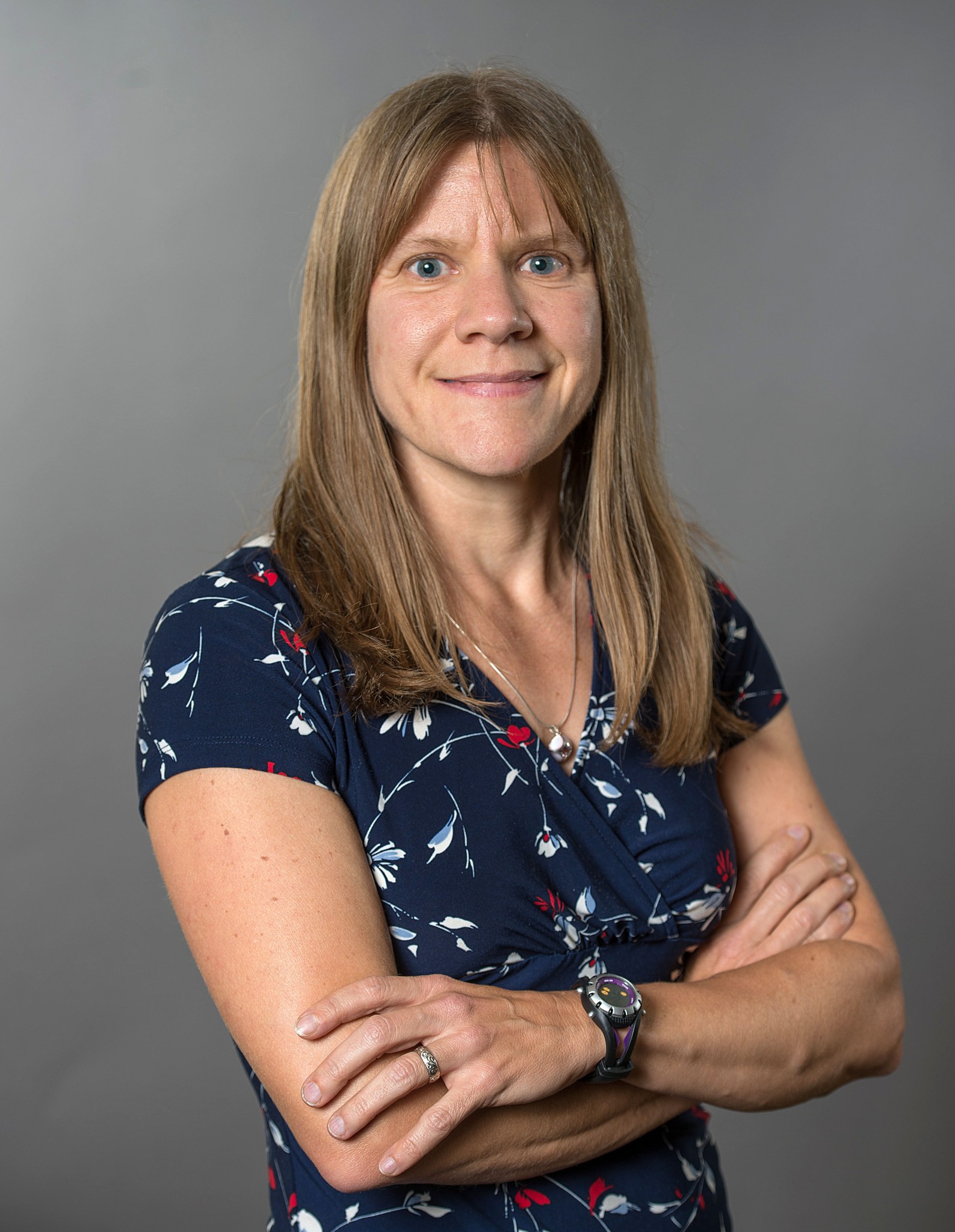NASA astrophysicist Dr. Colleen Wilson-Hodge and the Fermi Gamma-ray Burst Monitor, or GBM, team are recipients of the top prize in high-energy astronomy this year.
The High Energy Astrophysics Division of the American Astronomical Society (AAS) selected Wilson-Hodge and the GBM team to receive the 2018 Bruno Rossi Prize for their role in the first joint detection of gravitational and light waves from the same cosmic event — the spectacular smashup of two neutron stars in a distant galaxy.
“Discovering the first unambiguous gamma-ray burst associated with a gravitational wave has been an extremely exciting discovery,” said Wilson-Hodge, principal investigator for GBM at NASA’s Marshall Space Flight Center. “It would not have been possible without the incredible dedication and amazing scientific contributions of the entire Fermi GBM team.”
At 8:41 a.m. EDT on Aug. 17, GBM picked up a weak pulse of gamma rays and reported it within 14 seconds to astronomers around the globe. GBM’s alert caught the attention of scientists working with the National Science Foundation’s Laser Interferometer Gravitational-wave Observatory, or LIGO, who search gravitational wave signals long thought to be associated with some gamma-ray bursts. Two seconds prior to GBM’s detection, LIGO detected gravitational wave source GW170817.
News of the joint detection spread quickly and encouraged astronomers to look for the aftermath of the explosion with telescopes spanning the electromagnetic spectrum. Combining gravitational wave and light observations gives a more complete story about what happens when neutron stars collide and how the event evolves over time.
“NASA and its partners are leading the way into a new realm of multi-messenger astrophysics,” said David Burns, director of Marshall’s Science and Technology Office. “Colleen and the GBM team are exploring the universe in fundamentally new ways, and we look forward to this team’s many exciting discoveries.”
“The discovery of gamma-radiation immediately following the detection of a gravitational wave from a distant galaxy will be remembered hundreds of years from now as a breakthrough observation in high-energy astrophysics,” said Gerald Fishman, NASA emeritus scientist and winner of the 1994 Rossi Prize. “Colleen Wilson-Hodge and the Fermi Gamma-ray Burst Monitor Team are well-deserved of being awarded the Rossi Prize for this accomplishment.”
The Rossi Prize is awarded annually for a significant contribution to high energy astrophysics with particular emphasis on recent, original work. The award includes an engraved certificate and a $1,500 award. Wilson-Hodge will give a lecture at the 233rd AAS meeting in Seattle, Washington, in January 2019.
For information about NASA and agency programs, visit:
Molly Porter
Marshall Space Flight Center, Huntsville, Ala.
256-544-0034
molly.a.porter@nasa.gov




























